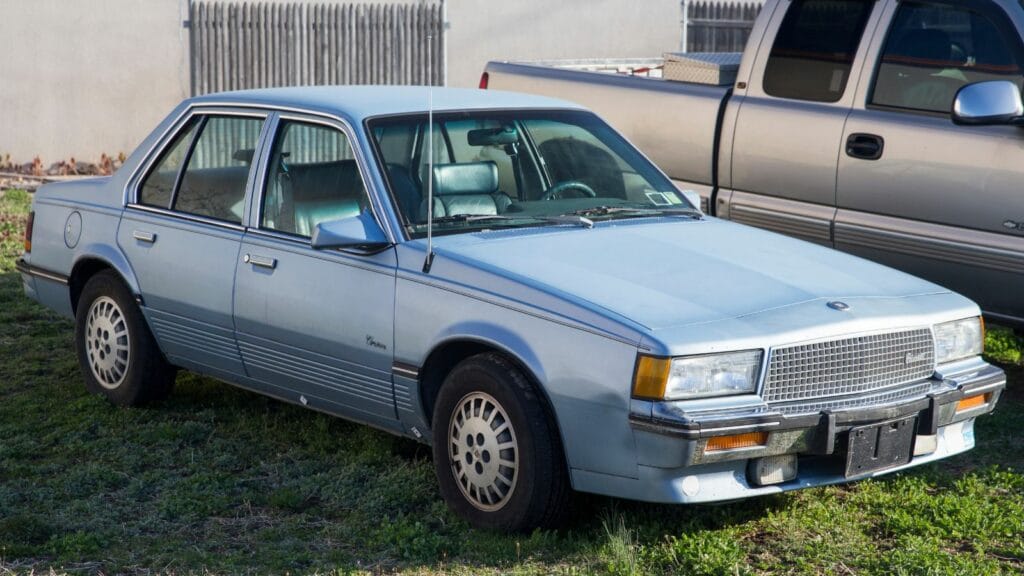Some cars define a brand’s greatness, while others make executives cringe years later. From corporate overconfidence to outright bad engineering, these are the machines their makers would rather you never bring up — and certainly never post about in a nostalgic Facebook group.
Ford Edsel (1958–1960)

Ford invested over $250 million (in 1950s money) to launch the Edsel, positioning it as a mid-range luxury car between Mercury and Lincoln. Instead, the American public shrugged. Its infamous “toilet seat” grille became a running joke, and quality problems straight from the factory sealed its fate. Ford pulled the plug after just three model years, having sold fewer than 120,000 units — a financial disaster still taught in business schools.
Pontiac Aztek (2001–2005)
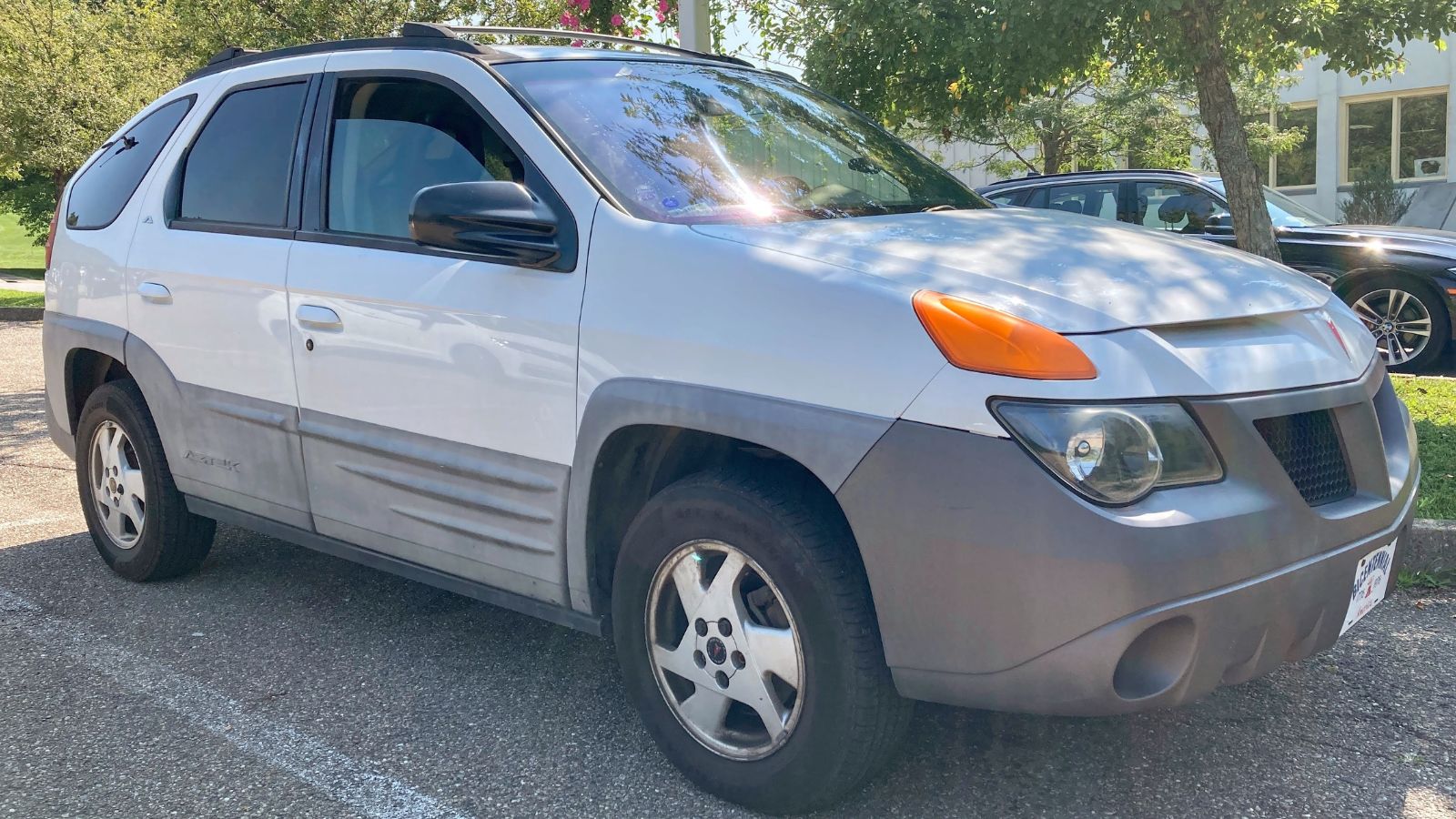
The Aztek was supposed to be Pontiac’s bold leap into the crossover market. Instead, it became a design cautionary tale. Underneath the awkward panels was a practical and capable SUV, but the public could not get past its Lego-brick proportions and split headlights. Even free camping gear in early models could not entice buyers. Ironically, years later, “Breaking Bad” gave it pop culture immortality.
Cadillac Cimarron (1982–1988)
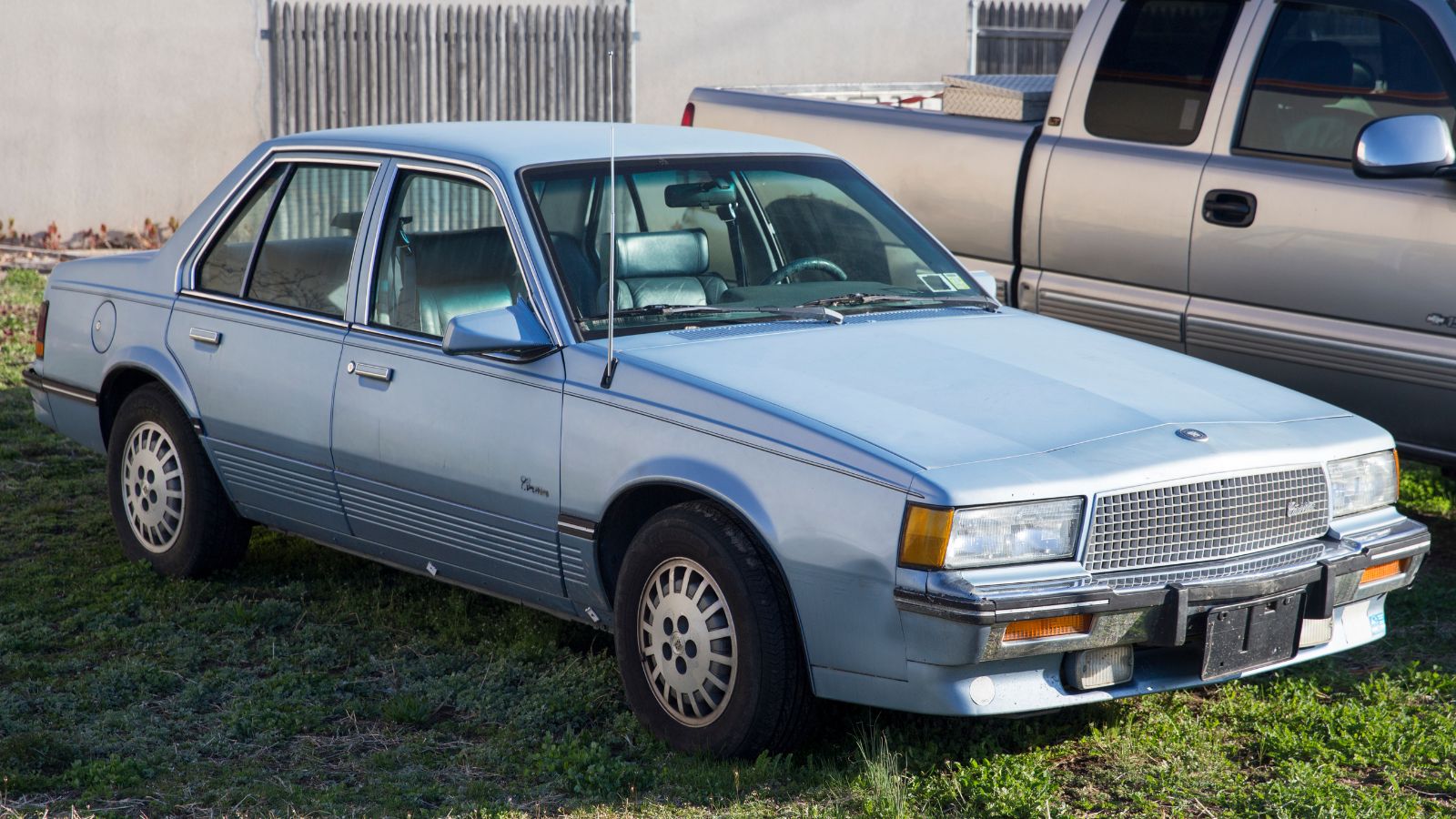
Built on GM’s J-body platform, the Cimarron was essentially a rebadged Chevrolet Cavalier with leather seats and a Cadillac badge — and a Cadillac price tag. Buyers were quick to notice the lack of performance, refinement, and luxury expected from the brand. Sales were dismal, and the Cimarron is now shorthand for cynical badge engineering gone wrong.
AMC Pacer (1975–1980)
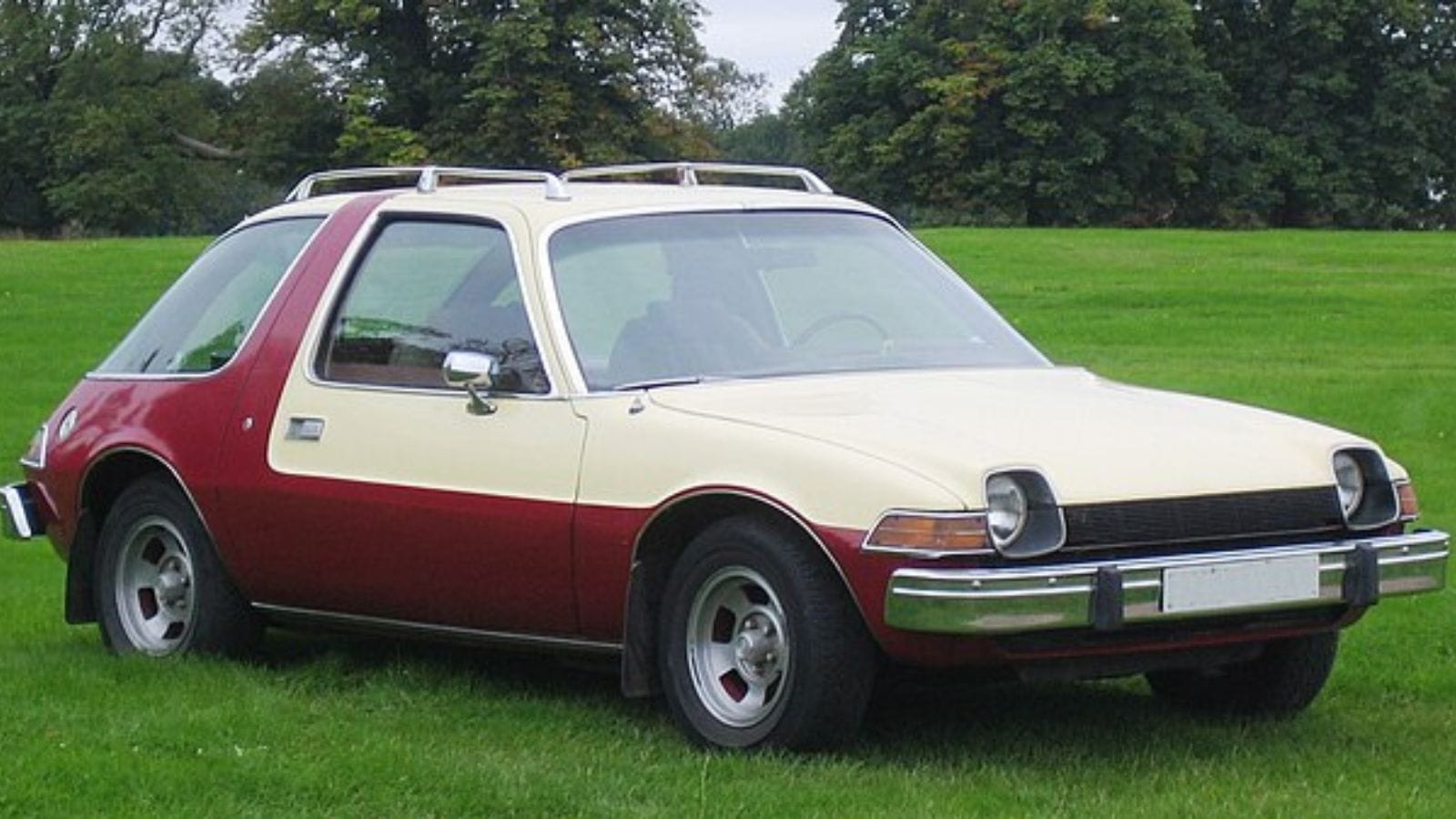
The Pacer looked like a fishbowl on wheels thanks to its wraparound glass and stubby nose. AMC pitched it as the “first wide small car,” with the hope of merging compact size with big-car comfort. Unfortunately, the styling was divisive, weight distribution was odd, and the Pacer struggled against smaller, more fuel-efficient imports.
Yugo GV (1985–1992)
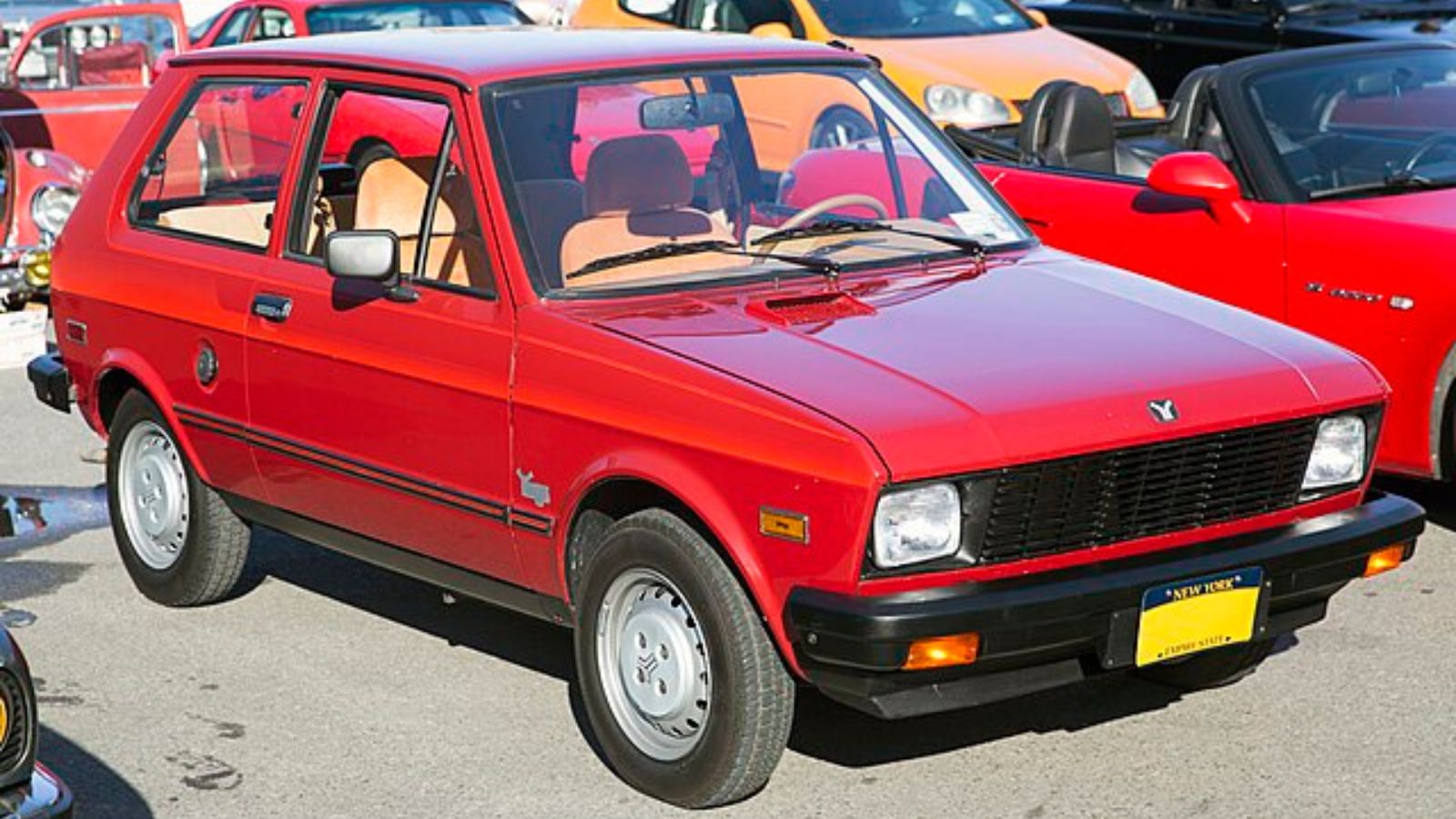
Imported from Yugoslavia at under $4,000, the Yugo was marketed as “The Affordable New Car.” That was true — for the first six months until parts started falling off. Built in a factory with inconsistent quality control, the Yugo’s minimal engineering updates made it ill-suited for North American driving conditions.
Chrysler TC by Maserati (1989–1991)
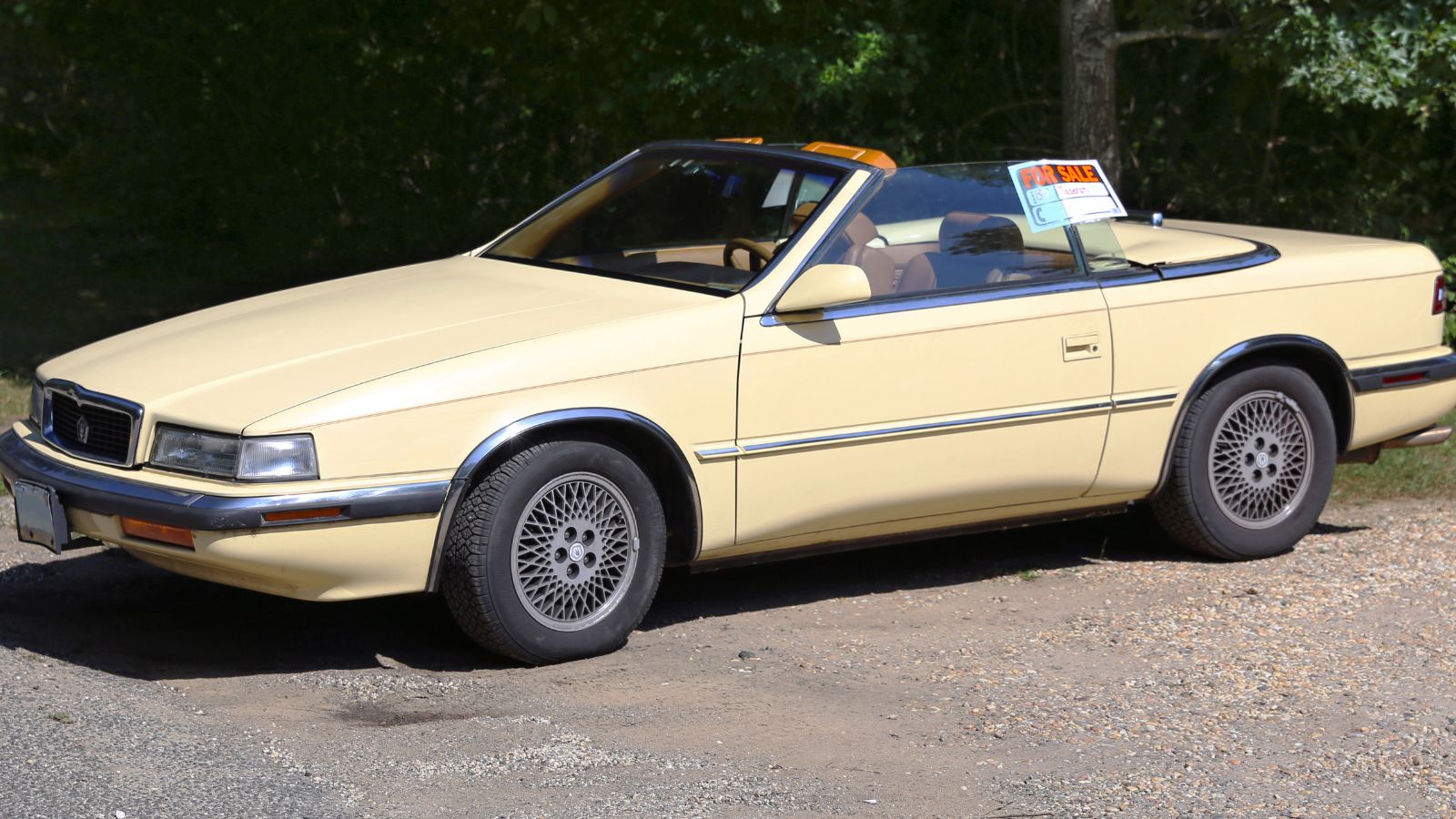
A joint effort between Chrysler and Maserati sounded exotic on paper. In reality, it was a front-wheel-drive two-seater that was neither sporty nor luxurious enough to justify its premium price. Its long development time meant it hit the market looking outdated, and only about 7,300 were sold before the project was quietly abandoned.
Ford Pinto (1971–1980)
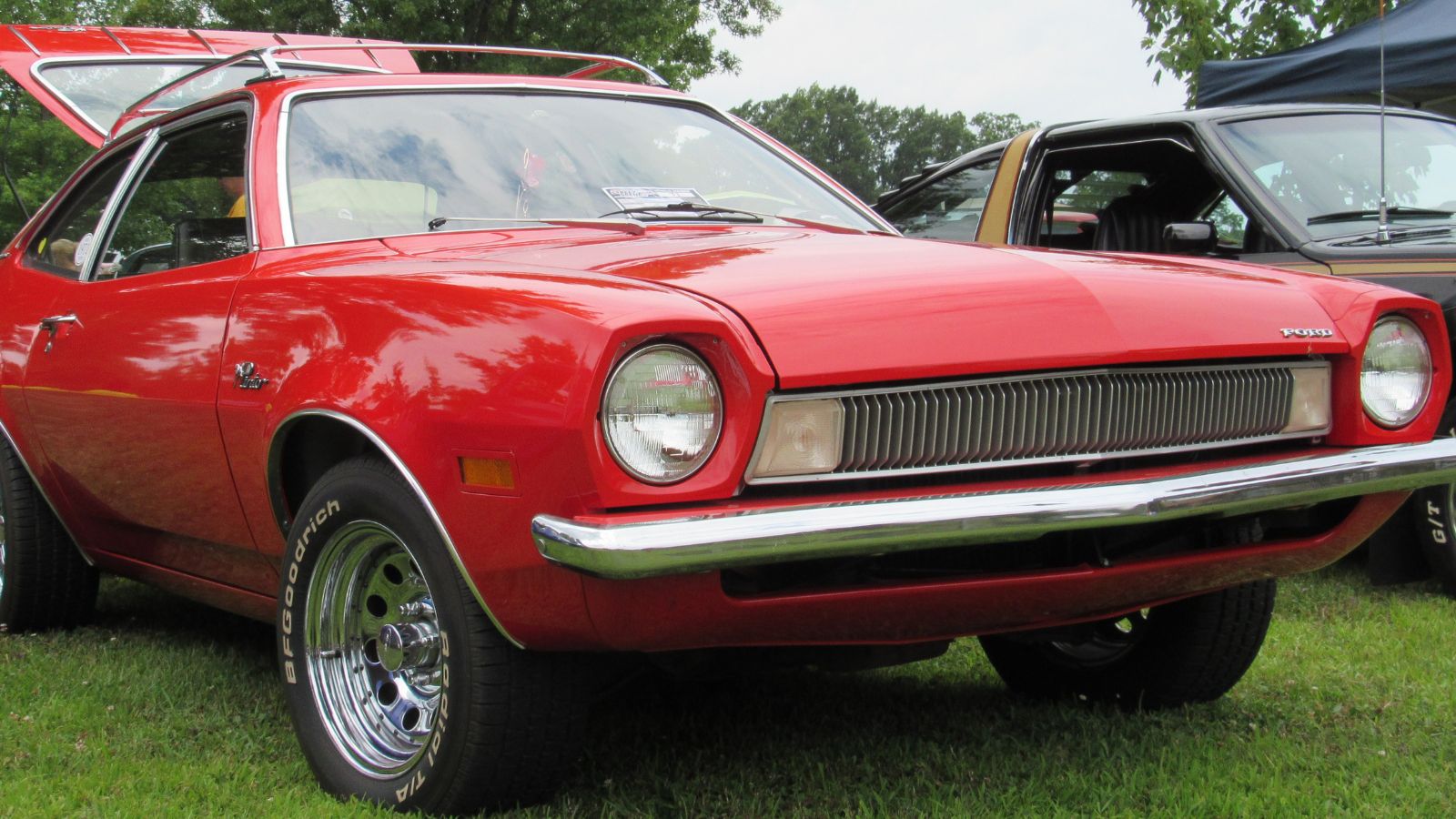
The Pinto initially sold well as an inexpensive, lightweight runabout. But after reports surfaced about the rear-mounted fuel tank’s tendency to rupture in collisions, its reputation was ruined. The media firestorm overshadowed the fact that Ford sold over three million Pintos — many of which gave years of reliable service. Still, the name is now automotive shorthand for corporate negligence.
Chevrolet Citation (1980–1985)
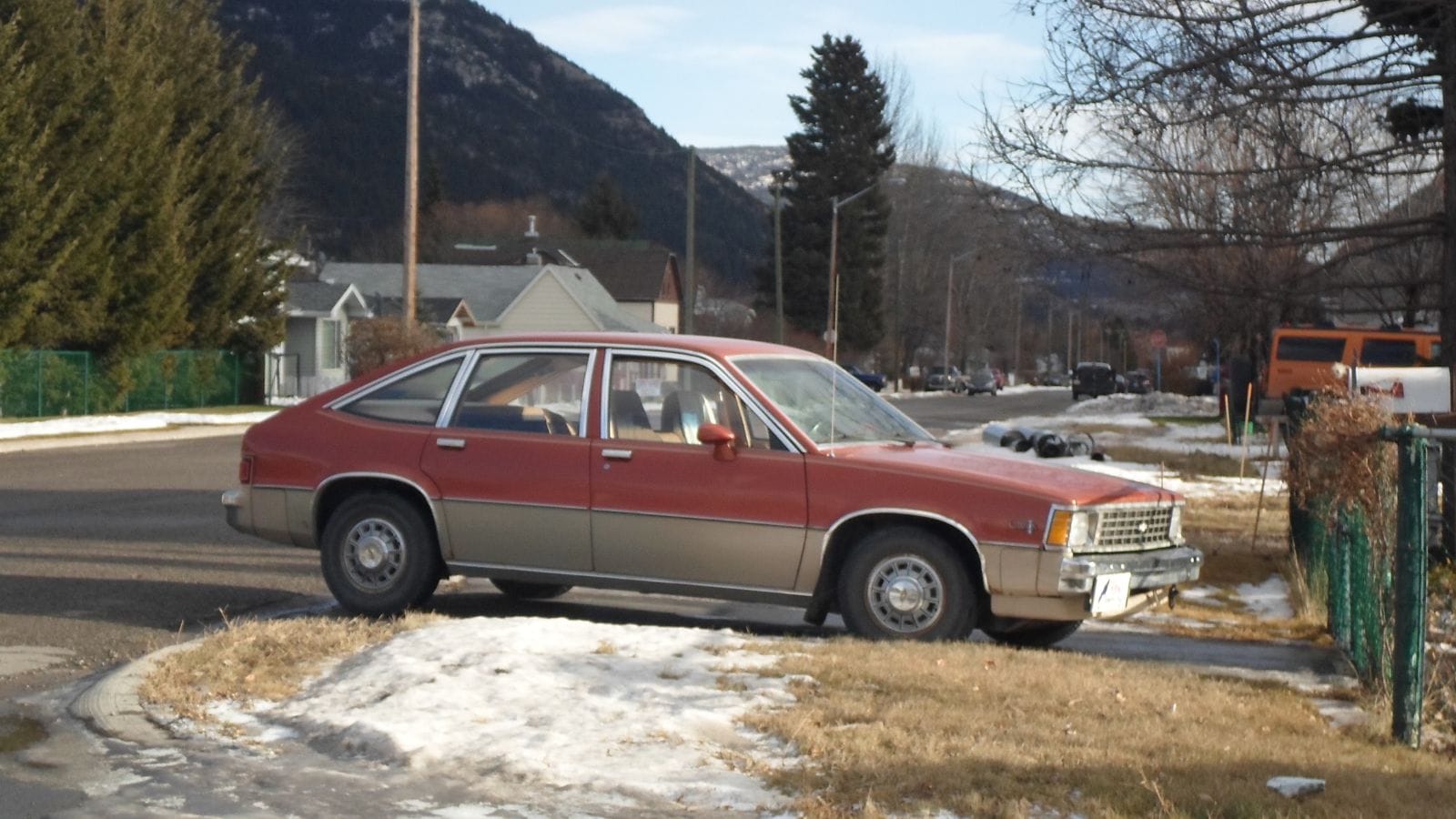
GM’s first front-wheel-drive compact arrived with huge expectations and early rave reviews. Unfortunately, within a year, the Citation was plagued with recalls for braking, steering, and transmission issues. Build quality was wildly inconsistent, and rust set in far too quickly. By the end of its run, sales had collapsed from nearly 800,000 in its first year to under 100,000.
Subaru Baja (2003–2006)
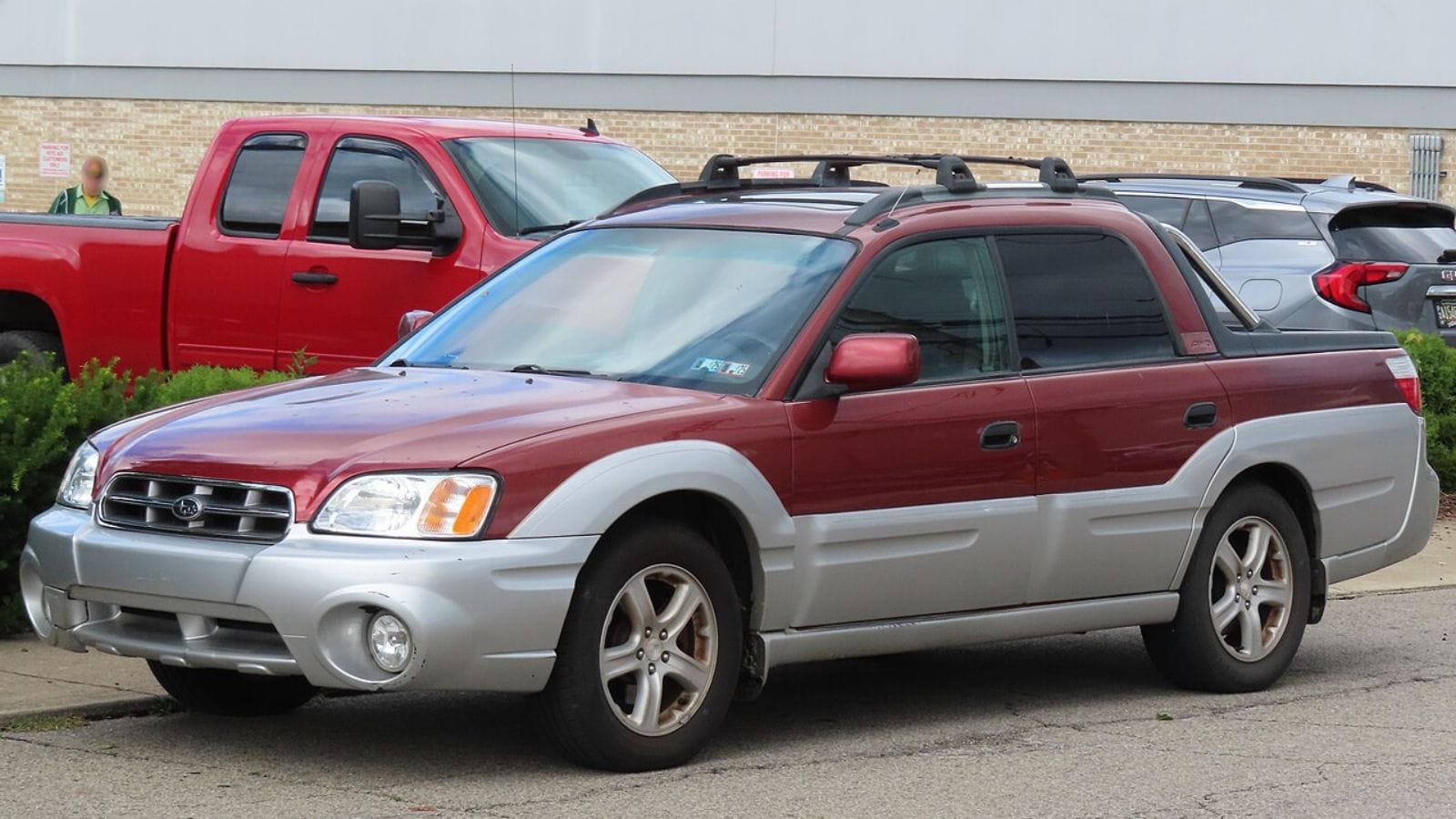
Subaru’s Baja tried to blend a pickup truck bed with a car-like ride. The problem was that traditional truck buyers found it too small and quirky, while sedan buyers saw it as too impractical. With fewer than 30,000 sold in the U.S. over four years, it became a rare sight almost immediately.
Lincoln Blackwood (2002)
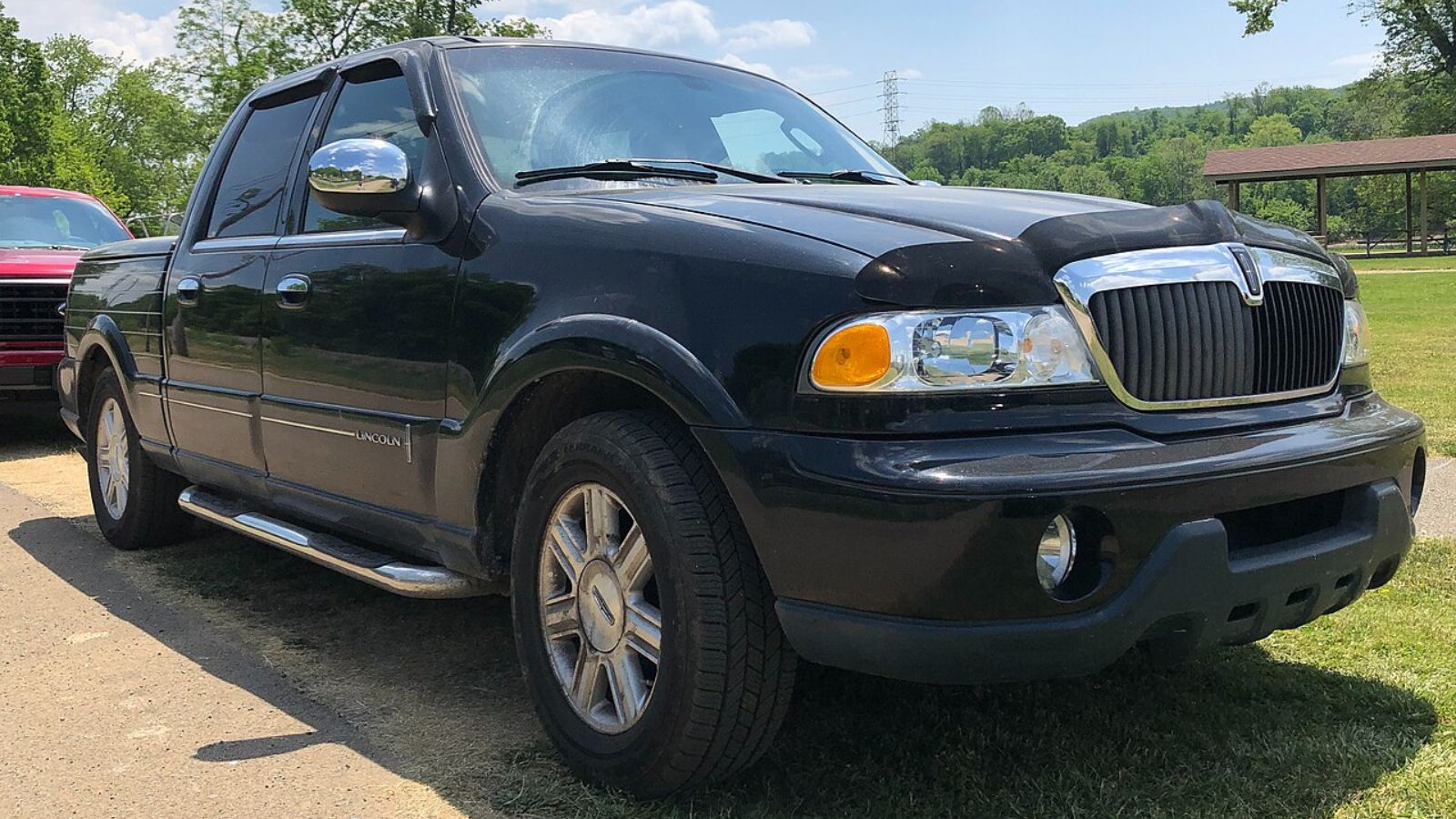
Lincoln’s first pickup truck was aimed squarely at luxury buyers. It came only in black, had a bed lined in carpet, and featured a powered tonneau cover. Unfortunately, this meant it was terrible for actual truck duties. With fewer than 3,400 sold, Lincoln quickly returned to making more conventional vehicles.
Mitsubishi Mirage (2014–present in some markets)
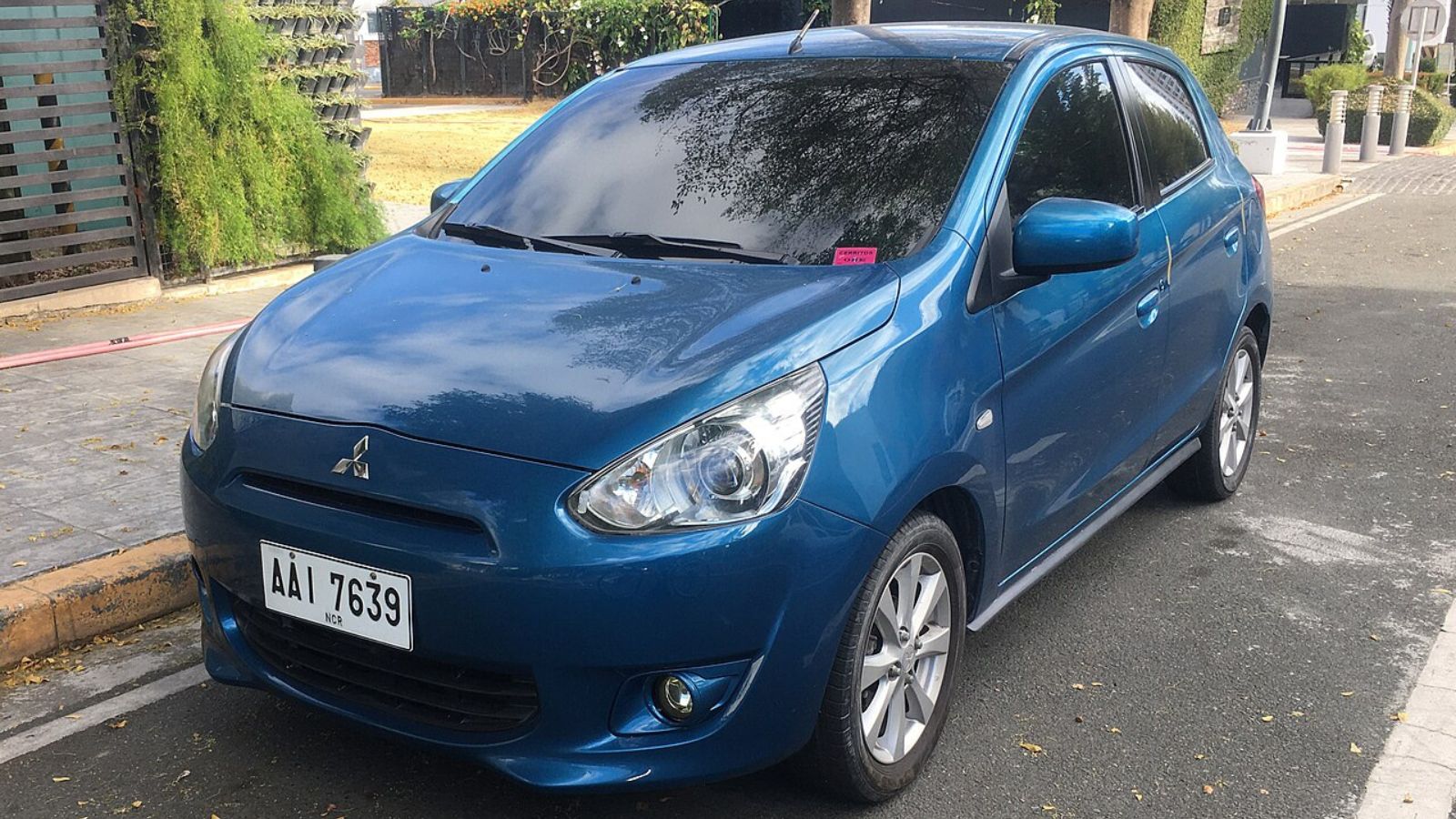
The Mirage is cheap, fuel-efficient, and… not much else. Its tiny three-cylinder engine, cost-cut interior, and poor crash ratings have kept it firmly at the bottom of most reviewers’ lists. Despite this, it has carved out a niche with budget buyers and rental fleets.
Plymouth Volaré (1976–1980)
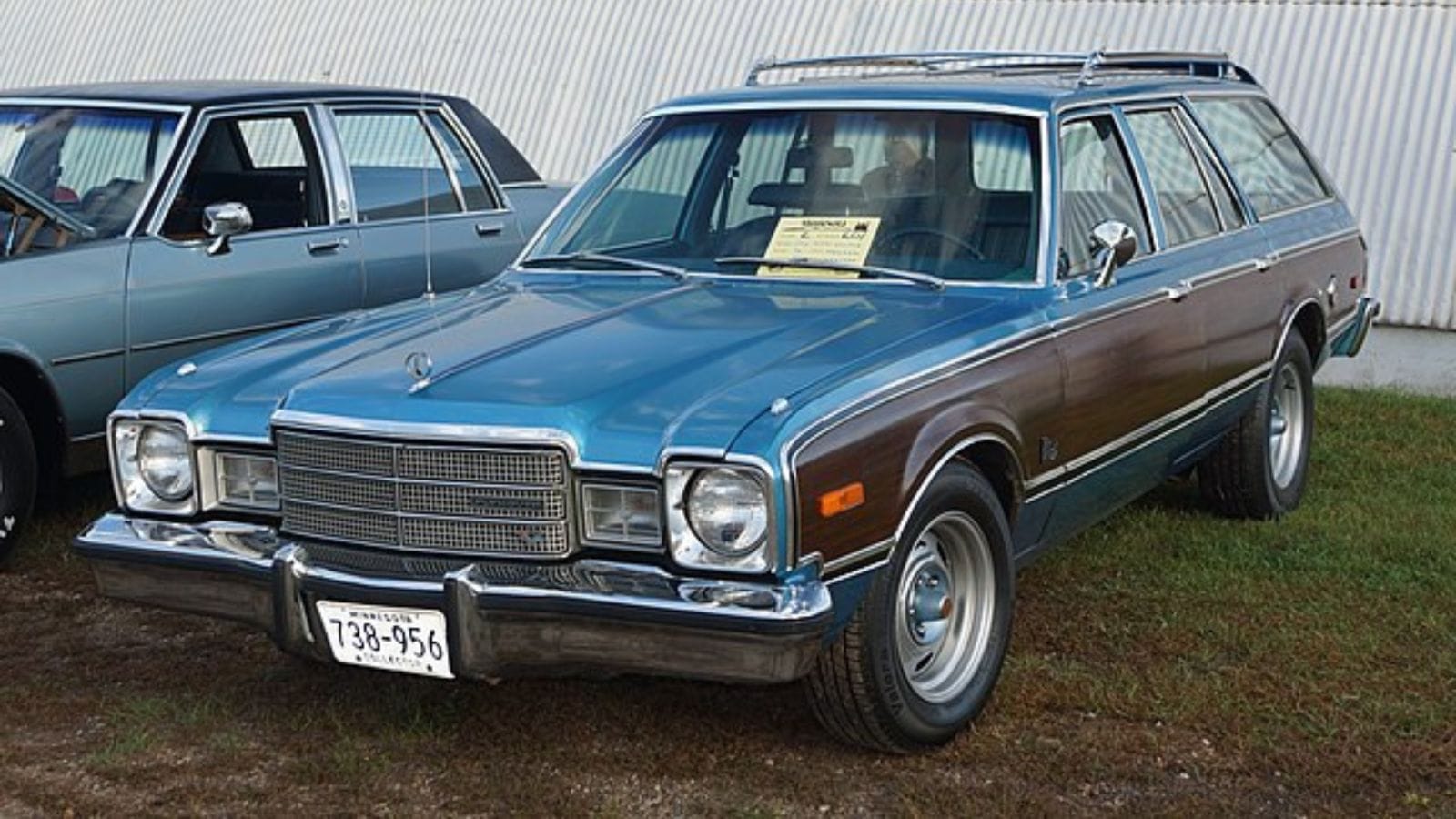
Billed as the next step for the Valiant, the Volaré initially won Motor Trend’s Car of the Year award. That glow faded fast as owners experienced chronic rust, failing carburetors, and suspension issues. Chrysler’s financial woes at the time only compounded its problems.
Chevrolet SSR (2003–2006)
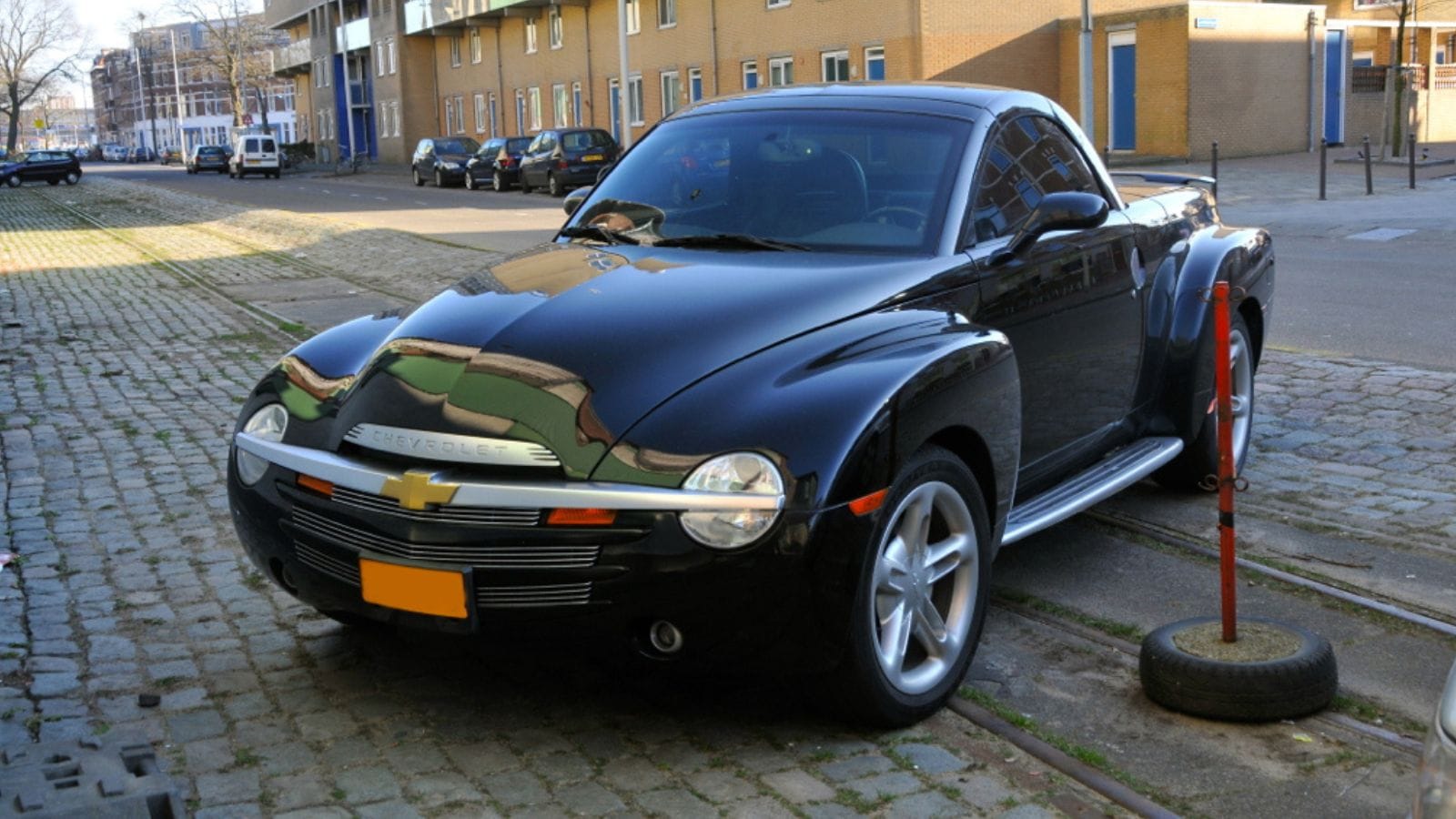
GM billed the SSR as a retro convertible pickup with muscle-car flair. Unfortunately, it was heavy, slow (at first), and priced far above its capability. Even a later upgrade to the Corvette’s V8 engine couldn’t save it.
Oldsmobile Aurora (1995–2003)

The Aurora was sleek and packed with tech for its time, but it arrived as Oldsmobile’s brand identity was crumbling. Reliability concerns and a high price limited its appeal, and Oldsmobile itself shut down just two years after the Aurora’s final production run.
Renault Alliance (1983–1987)

A French-American hybrid built in Kenosha, Wisconsin, the Alliance initially impressed with its comfortable ride and European feel. Sadly, reliability woes and rust issues quickly emerged. By the late 80s, it had joined the ranks of forgotten imports.
Saturn Ion (2003–2007)

Saturn replaced its beloved S-Series with the Ion, and fans immediately noticed the downgrade. Cheap materials, odd center-mounted gauges, and underwhelming powertrains kept sales low. Saturn closed its doors just two years later.
Isuzu VehiCROSS (1999–2001)
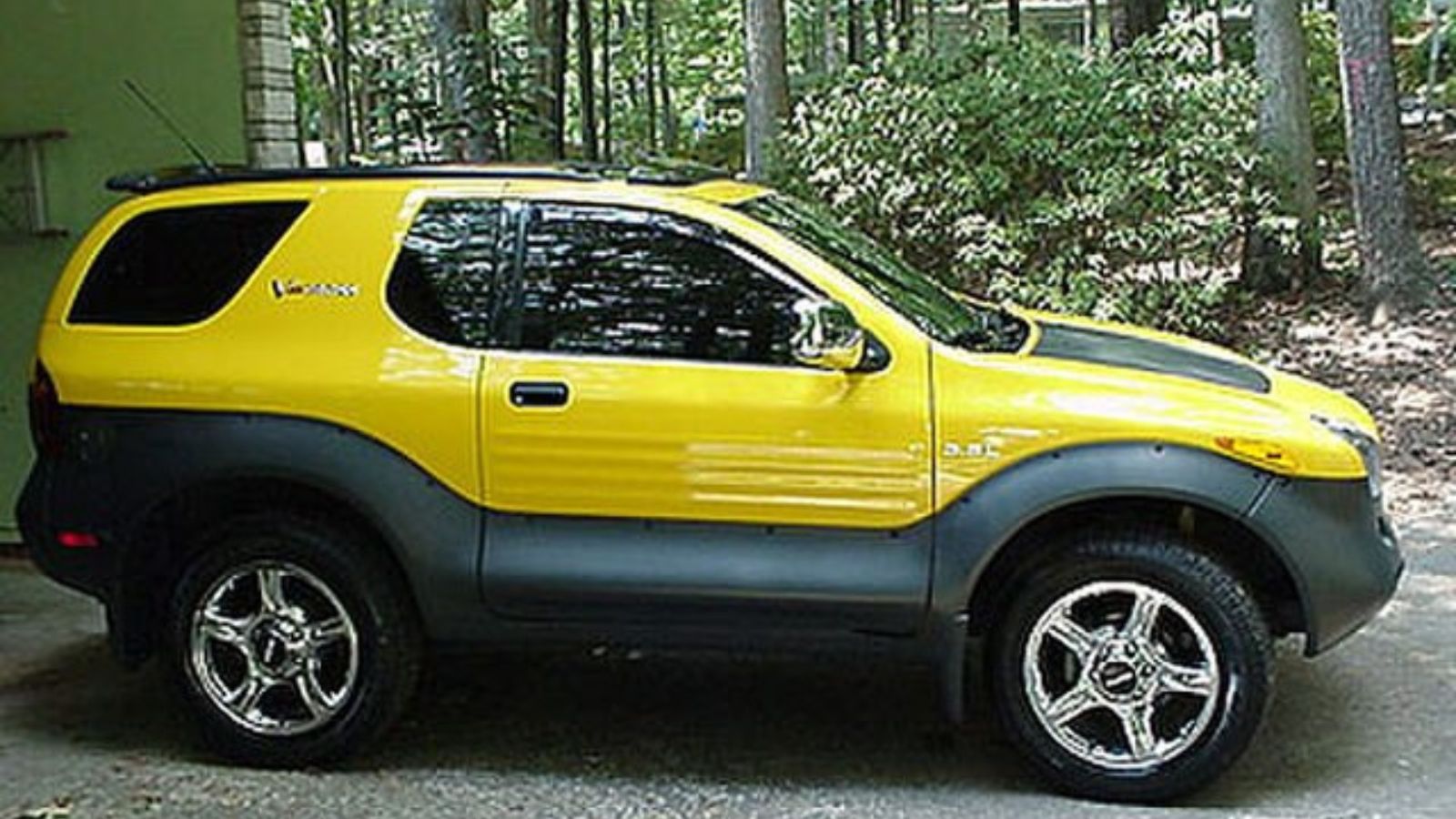
Its wild styling turned heads, but the VehiCROSS was expensive for its size and lacked practicality. While it had serious off-road chops, the small interior and limited cargo space alienated mainstream buyers.
Mercury Bobcat (1975–1980)
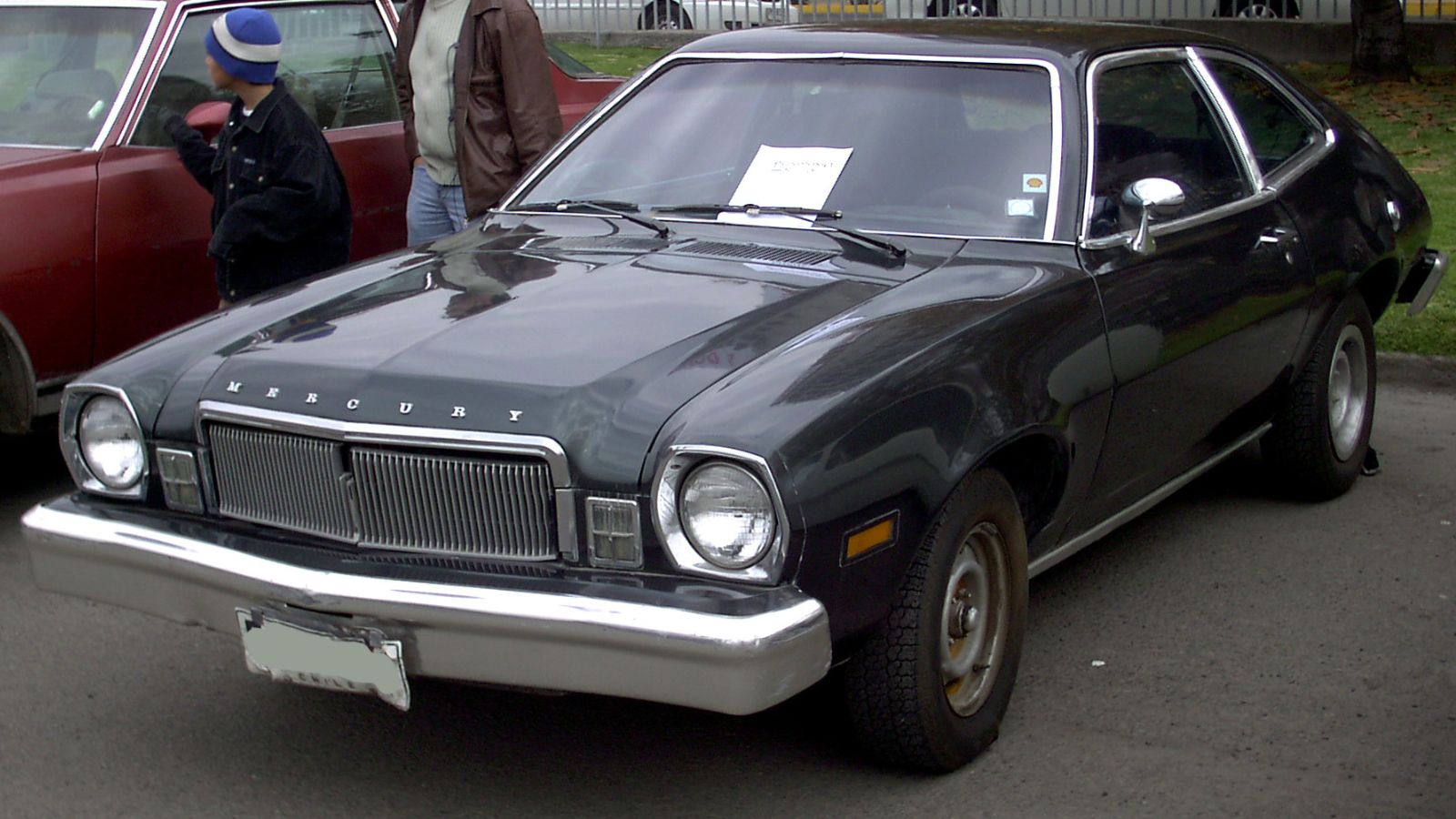
A rebadged Ford Pinto, the Bobcat inherited every flaw without the Pinto’s sales success. It remains one of Mercury’s most forgettable efforts.
Dodge Aspen (1976–1980)

The Aspen was intended to be a stylish, practical family sedan. In reality, it suffered from serious rust problems and mechanical breakdowns that drove buyers to competitors in droves.
Cadillac Allanté (1987–1993)

The Allanté’s production process — shipping bodies from Italy to Detroit by plane — was as extravagant as it was impractical. Despite its Pininfarina styling, the car was overpriced and underwhelming in performance.
Toyota Cressida (1977–1992)
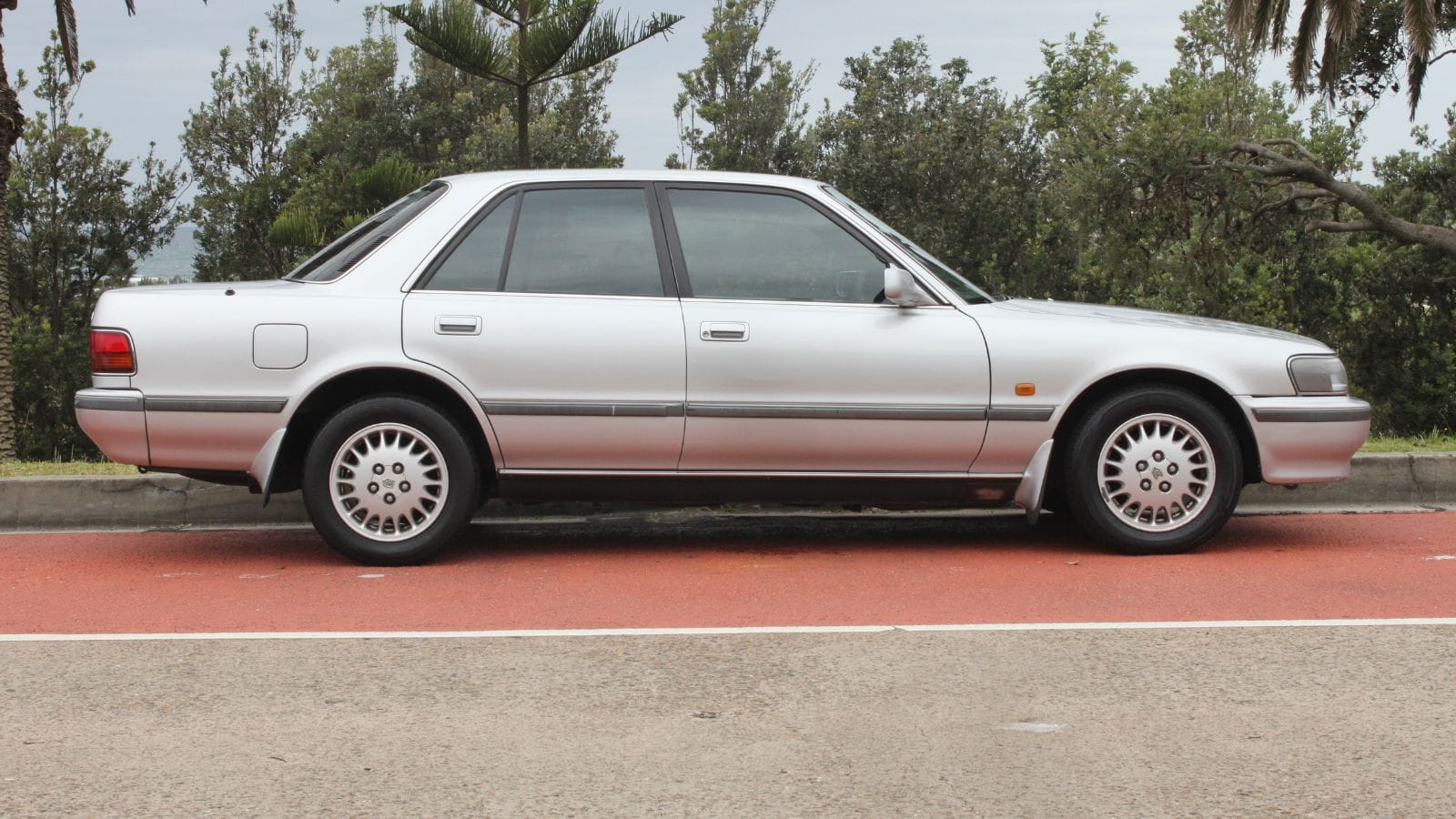
Mechanically sound but visually forgettable, the Cressida became a victim of market confusion. Positioned between the Camry and Lexus models, it never found a clear audience in North America.
GMC Envoy XUV (2004–2005)
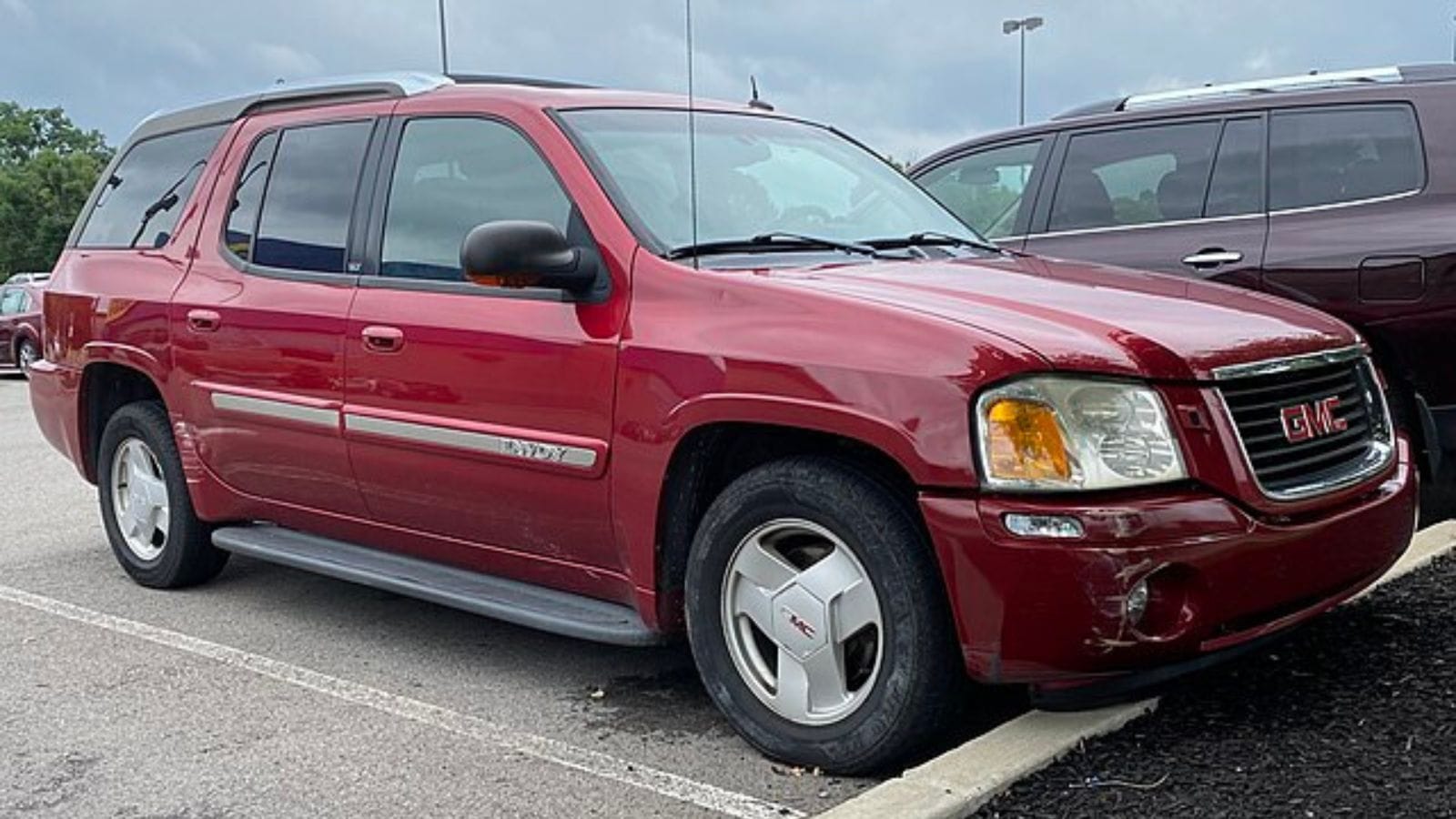
This SUV featured a sliding roof for tall cargo, which added weight, complexity, and cost without solving a real problem. Buyers passed, and it disappeared after just two years.
Buick Reatta (1988–1991)
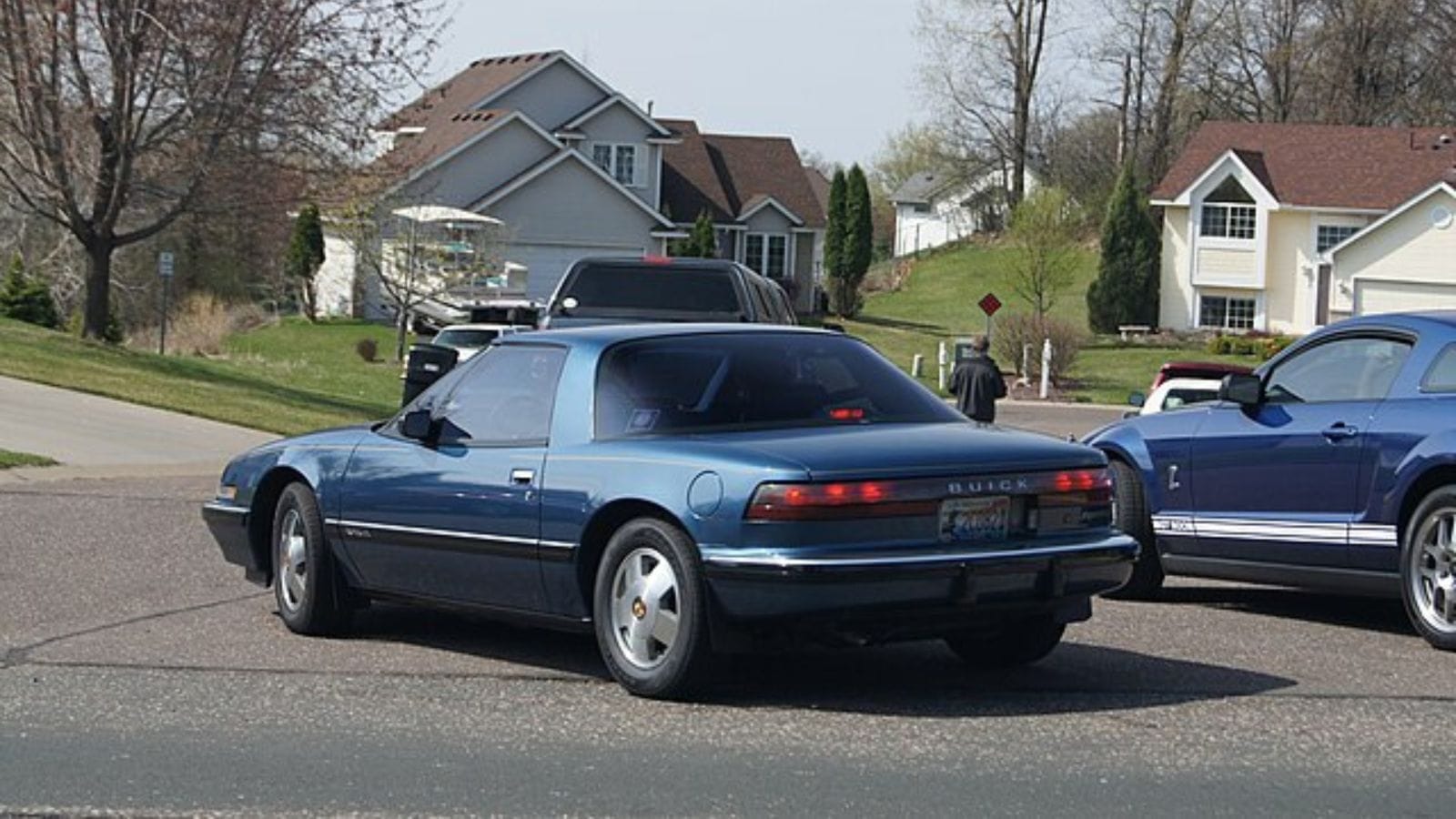
Handbuilt and marketed as a personal luxury coupe, the Reatta had promise. However, it was overpriced and lacked the performance to back up its premium image.
Dodge Rampage (1982–1984)
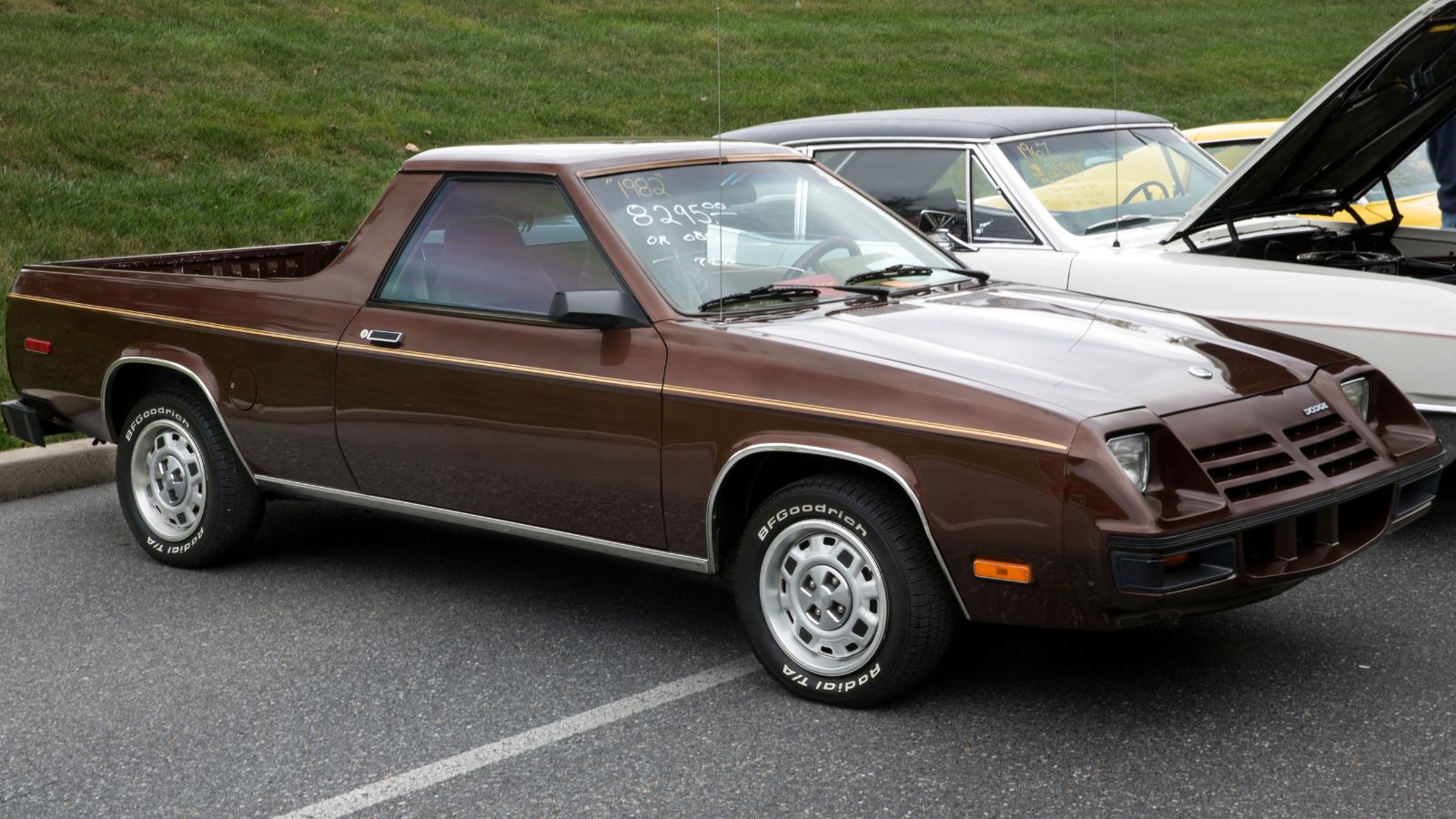
Neither a great truck nor a great car, the Rampage struggled to find buyers. Compact pickup fans wanted more capability, and car buyers wanted better comfort.
Hyundai Excel (1986–1994)
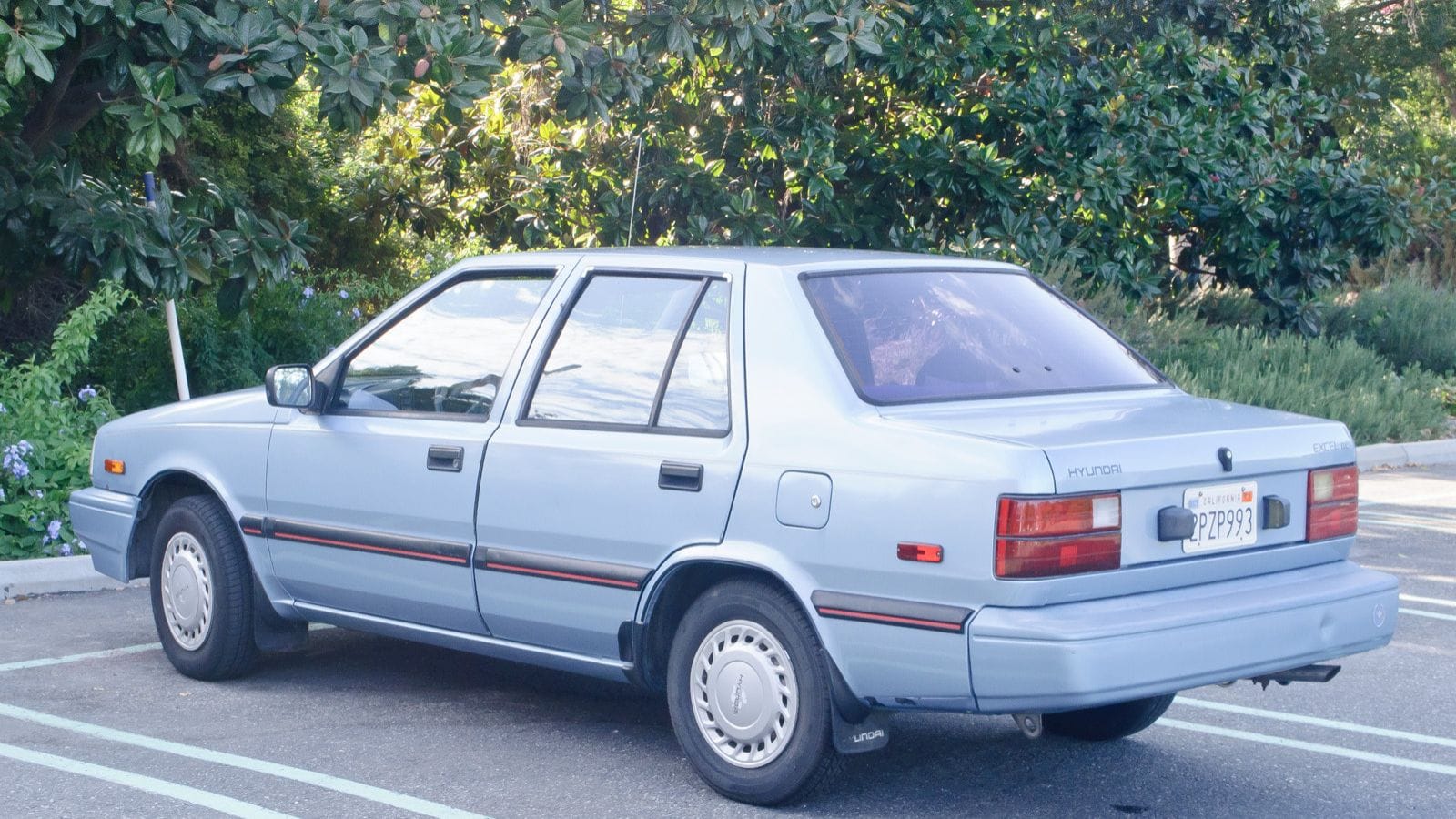
The Excel was Hyundai’s entry into the North American market. While its price drew in many first-time buyers, poor durability damaged Hyundai’s reputation for years until the brand reinvented itself in the 2000s.
25 Facts About Car Loans That Most Drivers Don’t Realize

Car loans are one of the most common ways people fund car purchases. Like any other kind of loan, car loans can have certain features that can be regarded as an advantage or a disadvantage to the borrower. Understanding all essential facts about car loans and how they work to ensure that you get the best deal for your financial situation is essential. Here are 25 shocking facts about car loans that most drivers don’t realize:
25 Facts About Car Loans That Most Drivers Don’t Realize
